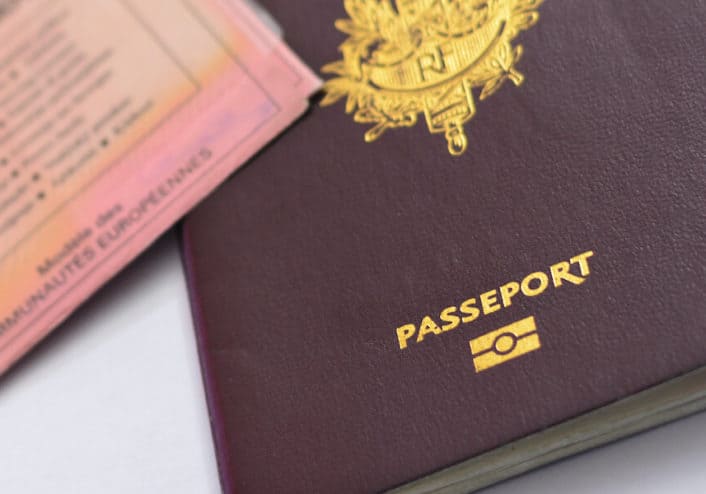Suppressing Identity Document Forgery with Online Solutions

A wide spectrum of hacking strategies evolves in lockstep with technological advancements. Cybercrime, especially ID fraud is on the rise, especially after the COVID-19. Financial firms, like other business sectors, are under pressure to improve their security and enforcement mechanisms by resorting to identity document validation services.
Why are identity document checks needed?
It feels like the world didn’t even have time to acclimate to the new digital innovations because they are being introduced so quickly. Not long ago, individuals had to work with others and see and speak with them on a daily basis, but today you don’t even need to leave your house. On one hand, it’s really easy since you can do anything with your smartphone or laptop.
On the other side, the inability to see a person is discerning if the individual you wish to connect with is needed to go through different enforcement measures. Because the majority of businesses today interact with clients over the internet, they must ensure that their clients are who they claim to be. As a result, internet businesses undertake numerous verifications such as identity document checks.
Types of modern document verification services
There are a number of different methods of identity document checks that a company may employ to verify its clients’ identities and comply with KYC and AML standards. They assist businesses in establishing the identities of clients and, in certain cases, the staff members. The goal of these procedures is to avoid fraud and provide services that are safe for everyone. The following is a basic list of these forms:
- Address verification
- Biometric verification
- Document authentication
Following this, we’ll go over the various sorts of verification techniques in greater depth. There is, though, one more crucial question. We can’t go ahead without addressing it. The questions relate to the selection of the best service in the market. Therefore, make sure you understand the entire procedure so you can select the most appropriate document attestation service.
Process of identity document verification
Let’s start at the beginning and address the key question which relates to the number of steps in the process. A few easy stages make up the document verification procedure. So, how can you confirm the authenticity of a document? The following is the practice followed by state-of-the-art document validation services:
- Customers are instructed to provide high-quality images or videos of their required ID papers or show them to the camera clearly.
- The AI technology looks for textual information in the paper, even encrypted data, and correctly recognizes it and authenticates it.
- Data collected by the documentation verification system entails determining if the document and information displayed are legitimate.
- Checking the identity document for evidence of electronic forgery is the next stage.
- The document check service validates the user when it has completed examining the provided papers, hence, completing the customer onboarding smoothly.
Basic instruments of verification
Identity Documents
A few activities must be followed in order to validate identity documents. The consumer uploads the papers to the website, and AI technology examines them for legitimacy, for any related records, and its inclusion in criminal databases. Among others, identity documents, driver’s license, passport, social security card, and virtually any government-issued proof of identification.
Addresses
This service is identical to the one offered for conducting the document verification process. Utility bills and postal papers – containing the user’s address – must be submitted by the client. The system analyzes the papers and then verifies their existence, as well as the actual individuals who live there. The AI algorithm has broad coverage, which means it must be able to interpret and recognize a variety of languages and identity documents.
Enhancing the security through biometric verification
Biometric verification is straightforward and painless. The user simply uploads their photo ID, which is then confirmed and provides a photograph of their face. In the event of forgotten passwords, the user can easily get access to the system through face verification. In this process, the platform’s AI algorithms compare facial biometrics with the already validated photo ID.






